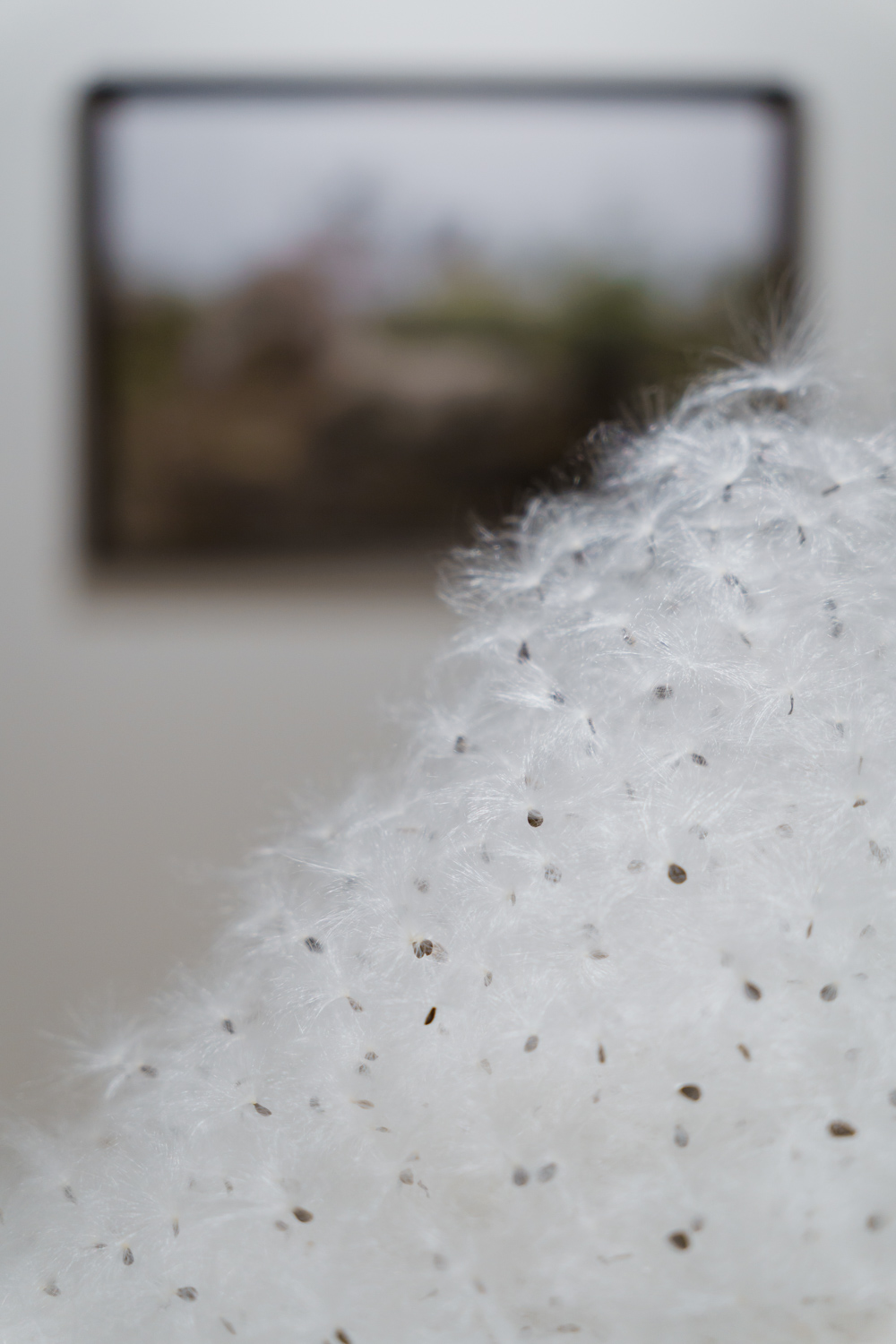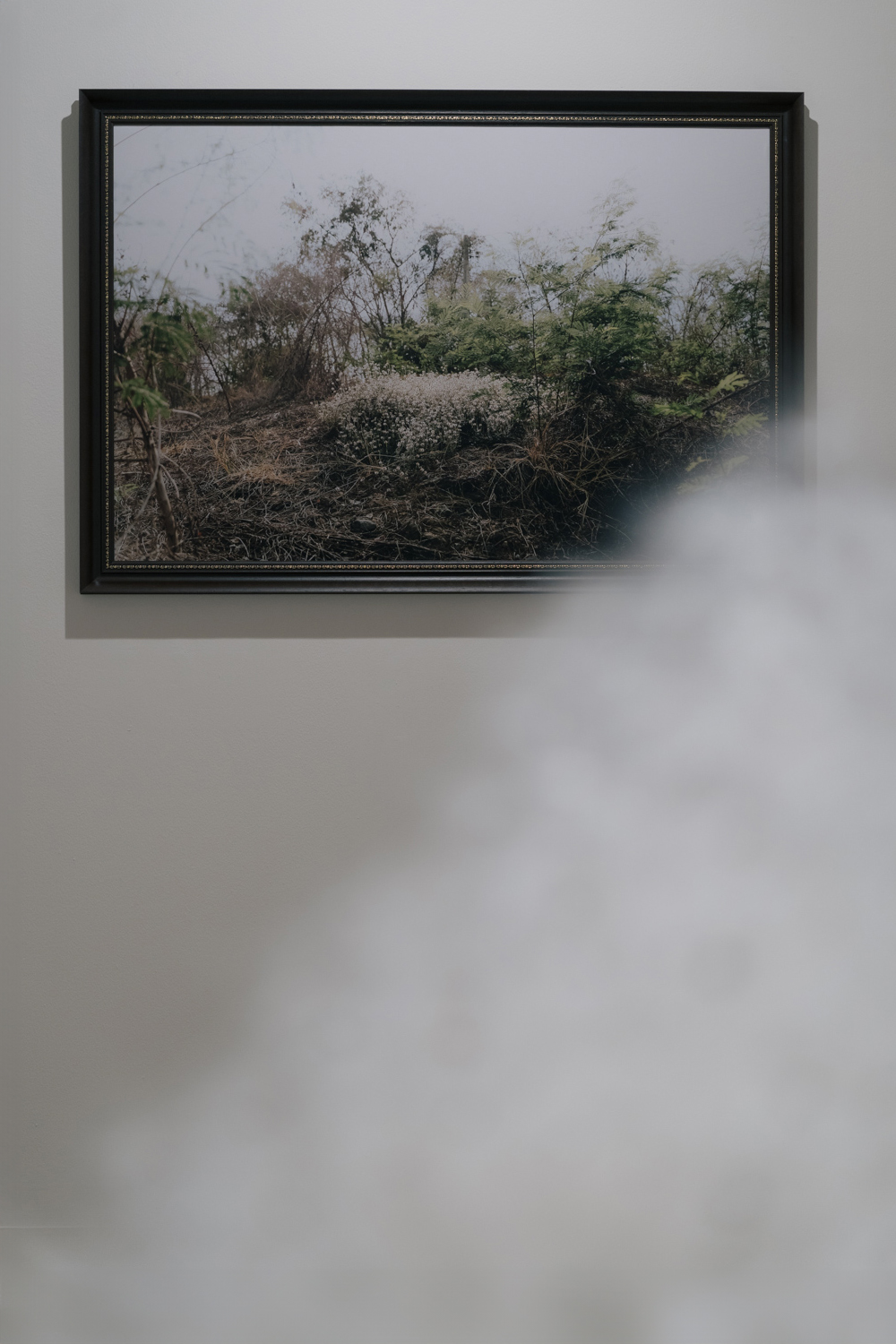A PHOTO EXHIBITION BY MARISA SRIJUNPLEANG DISPLAYS THE MEMORIES STEMMING FROM THE KHMER ROUGE PERPETRATED GENOCIDE WITH PHOTOS OF GRASS FLOWERS EMERGING AMID BARREN LANDSCAPES INSTEAD OF THE CLEAR DEPICTION OF VIOLENCE
TEXT: KANDECH DEELEE
PHOTO COURTESY OF HOP – HUB OF PHOTOGRAPHY
(For Thai, press here)
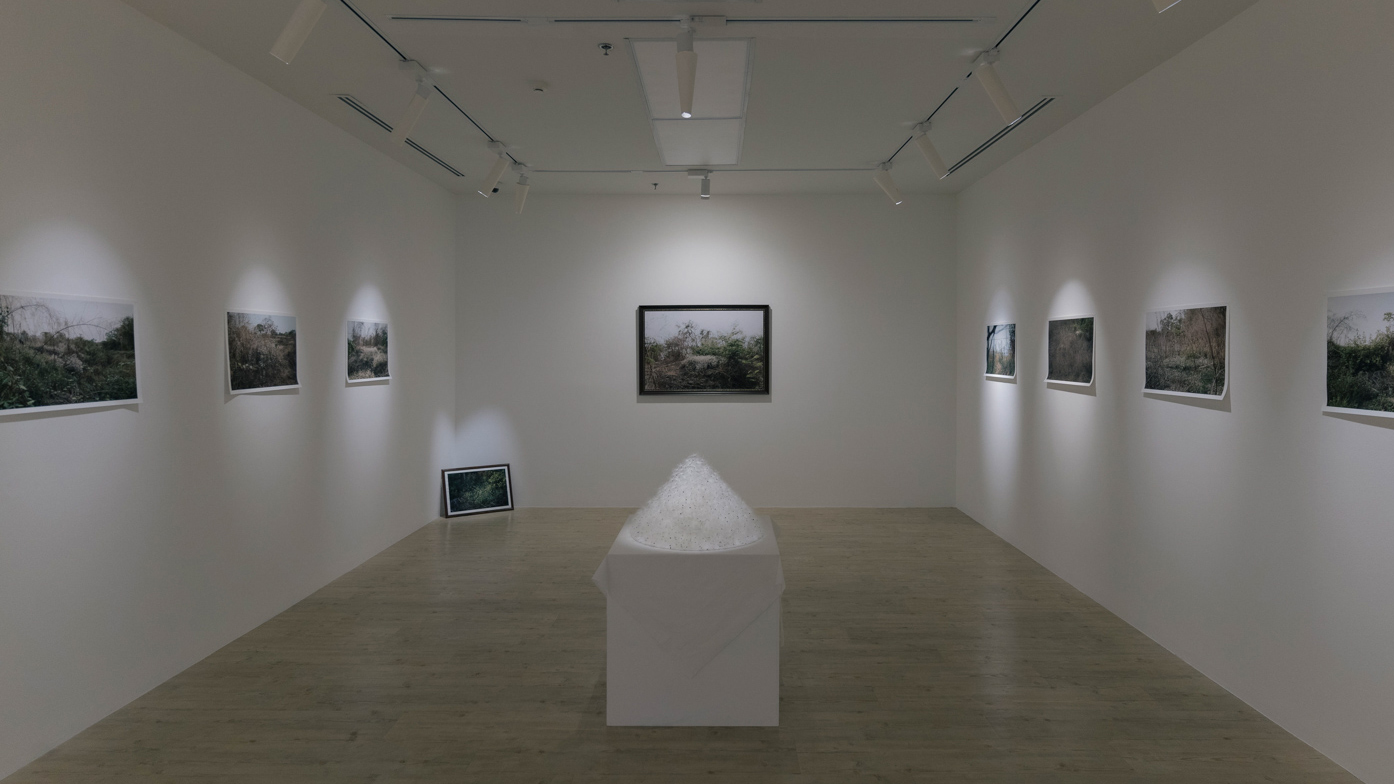
Within the seemingly uninterrupted narrative of national history, scattered fragments of lesser-known histories remain struggling on the margins. ‘Blooms with The Wind Blows’ is Marisa Srijunpleang’s first solo exhibition, curated by Nutdanai Songsriwilai. The exhibition explores the journey of an artist seeking to revisit the paths of exile and to gather the lost familial memories stemming from the Cambodian genocide (1975-1979) perpetrated by the Khmer Rouge, also known as the Communist Party of Kampuchea.
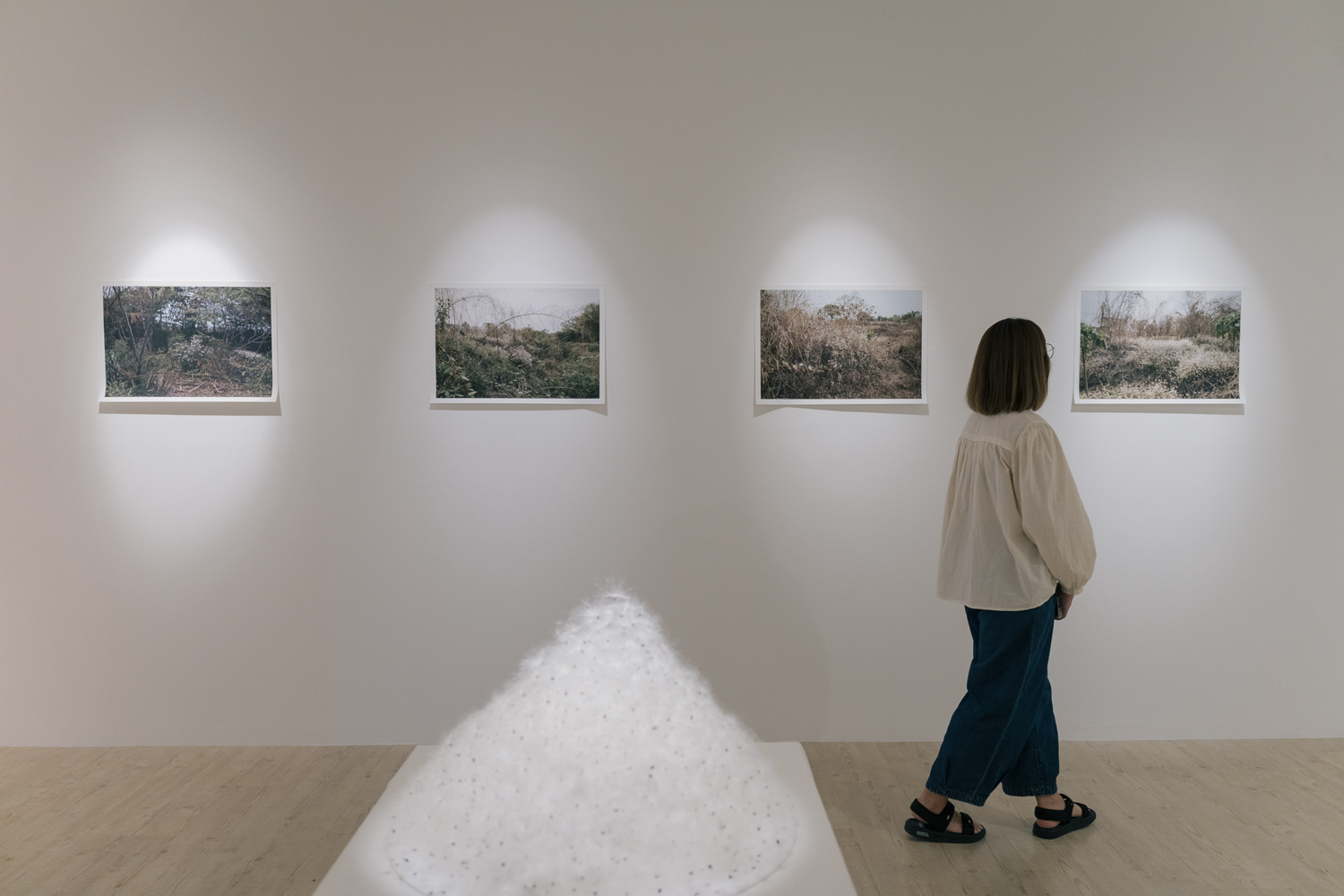
Although the exhibition is rooted in a significant historical trauma, it conspicuously lacks any depiction of violence. Instead of overtly displaying the wounds, showcasing historical artifacts, or highlighting the painful legacies passed down through generations, the exhibition is filled with photographs of grass flowers emerging amid barren landscapes. These images feature no people or identifiable landmarks; the background consists only of overgrown grass, red soil, and dry branches, typical of any such terrain. ‘Blooms with The Wind Blows’ opts to diminish the vivid imagery of violence, instead assigning ordinary ‘grass flowers’ the role of narrating the memories of refugees from this genocidal episode.

Marisa began by tracing the paths her family once took as refugees. She started in Thailand, aiming to return to her grandfather’s original home in Cambodia. In the narratives of refugees from the Khmer Rouge regime, they often mention the act of burying their own identification documents in the soil to avoid detection and subsequent punishment by the Khmer Rouge. Marisa interweaves these stories with the image of grass sprouting and blooming along the refugee routes. Consequently, the emergence of grass along the way becomes an allegory for the reemergence of the refugees’ identities that were once abandoned along the journey.
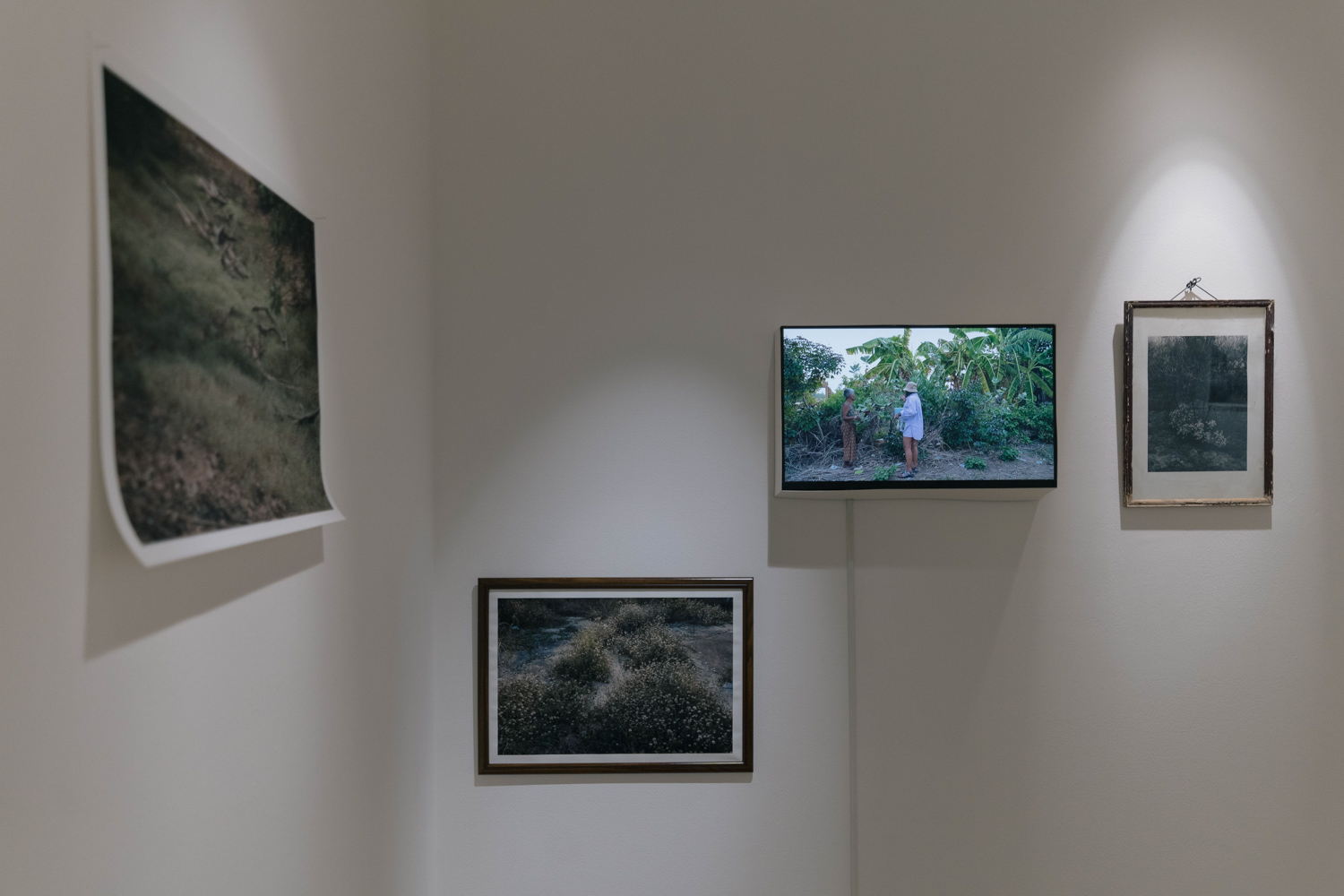
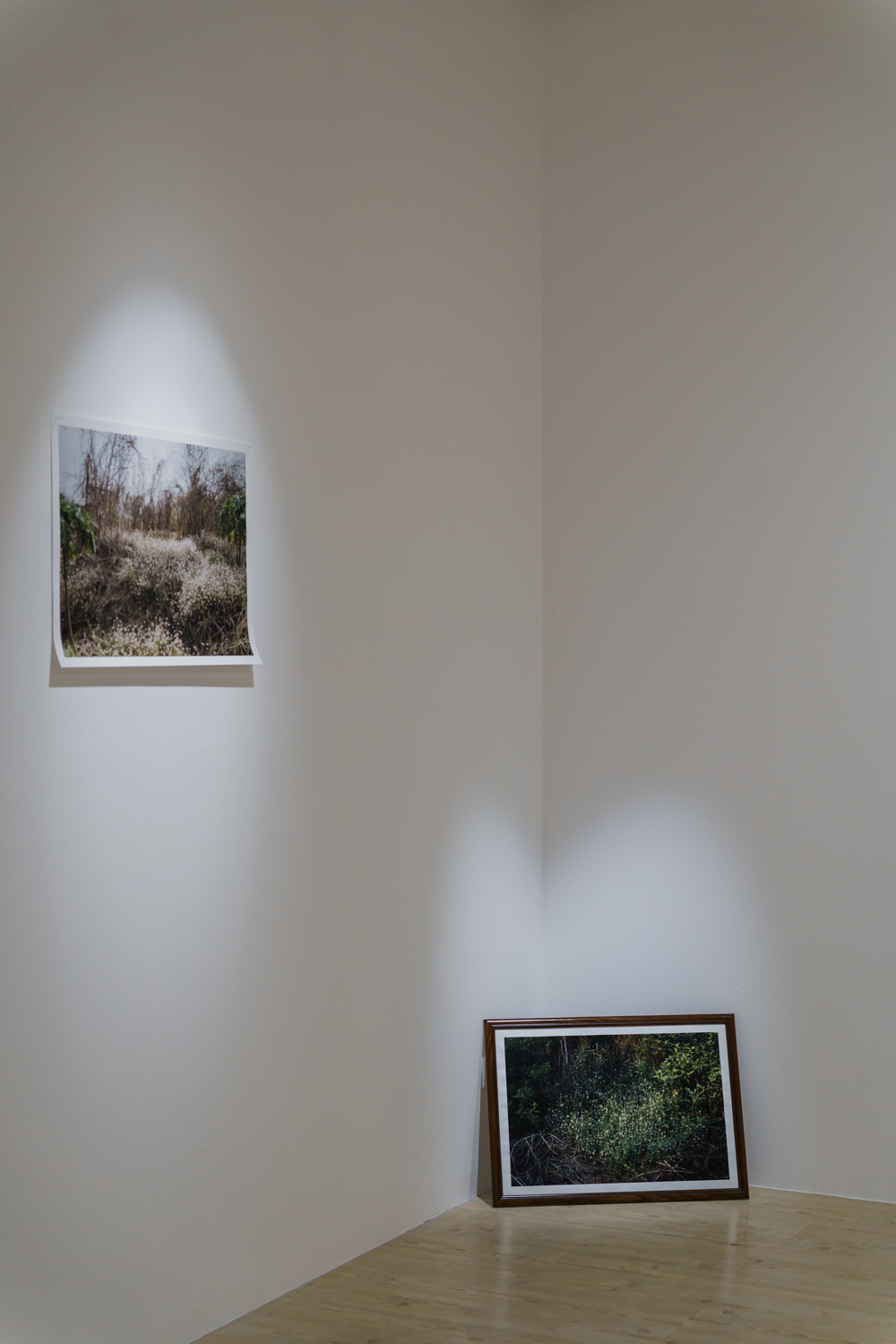
Interestingly, what Marisa chooses to convey is not merely a direct connection between what remains and what is lost. Instead, she transforms the journey of retracing the refugee routes—a process she terms ‘re-translation’—into an opportunity to reinterpret and translate those stories through the grass flowers. Marisa blends narratives from refugees, personal memories, and traces of actual locations, intertwining them seamlessly with the ‘grass flowers.’

Furthermore, the act of crossing borders transcends the mere narrative of loss; it equally becomes an act of preservation. More than just the tragic obliteration of innocent lives, the genocide executed by the Khmer Rouge severely fractured cultural identities. This rupture is evident in the Cambodian ‘Sandonta’ ritual, where offerings of flowers serve to honor ancestral spirits. Today, while this practice has survived among the Thai descendants of Khmer refugees, it is no longer practiced in Cambodia. During this journey, Marisa collected seeds from the ‘Rak’ flowers (Crown Flower) she encountered along the way to create ‘Blooms with The Wind Blows,’ the piece emulating ‘Paka Bai Ben,’ a sacred floral arrangement used in the ‘Sandonta’ ceremony. The artwork became an act of reclamation; a vessel for salvaging and rekindling the scattered shards of memory and identity of refugees, bringing them back home, back into the embrace of their descendants, and back to their revered status as ancestors. This perfectly aligns with the nature of the art space, which serves as both an exhibition space and a ritual space, simultaneously overlapping one another.
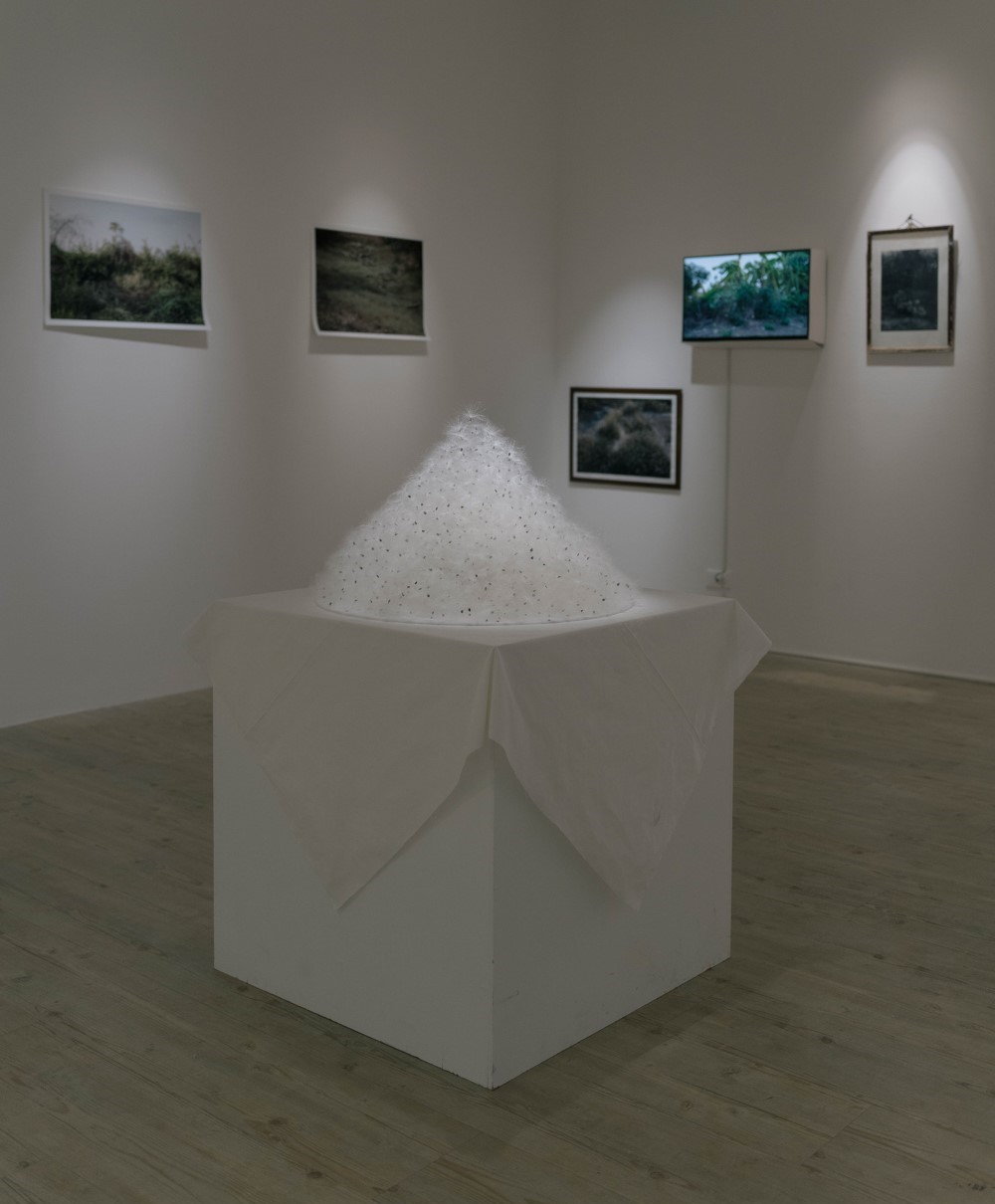
In her video work ‘Phaka Der Plaw,’ Marisa unveils the stark reality that her grandfather’s once familiar abode has now succumbed to desolation. Yet, she stages a reunion within her piece ‘Grow and Remember Me.’ Here, an old frame that once cradled the solitary photograph of her grandfather now houses an image of wild grass flowers emerging through a dense thicket. Beyond symbolizing the return of refugees to their homelands, the landscape captured in the photograph evolves into a microcosm of refugee history, intricately interwoven with the broader fabric of national history. The image reflects the myriad challenges that refugees encounter. Through Marisa’s lens, the wild grass becomes a canvas where the interplay between identity and the concept of borderlands—both sharply defined and inherently ambiguous—unfolds. The blurred boundaries between the lush, overgrown grass and the budding flowers echo the refugees’ imperative to adapt to new environments, even as they are uprooted from their familiar, nurturing homelands. Yet, amidst this turmoil, ‘the wild grass’ perseveres. It continues to strive, struggle, and maintain its identity. Against the odds under a canopy that shelters and obscures, the flowers endure tenaciously.
Because seeking refuge is not merely an escape; it is another form of resistance.
The exhibition ‘Blooms with The Wind Blows’ is showcased at the HOP – Hub of Photography on the 3rd floor of Seacon Square, Srinakarin, from May 4 to July 21, 2024.


